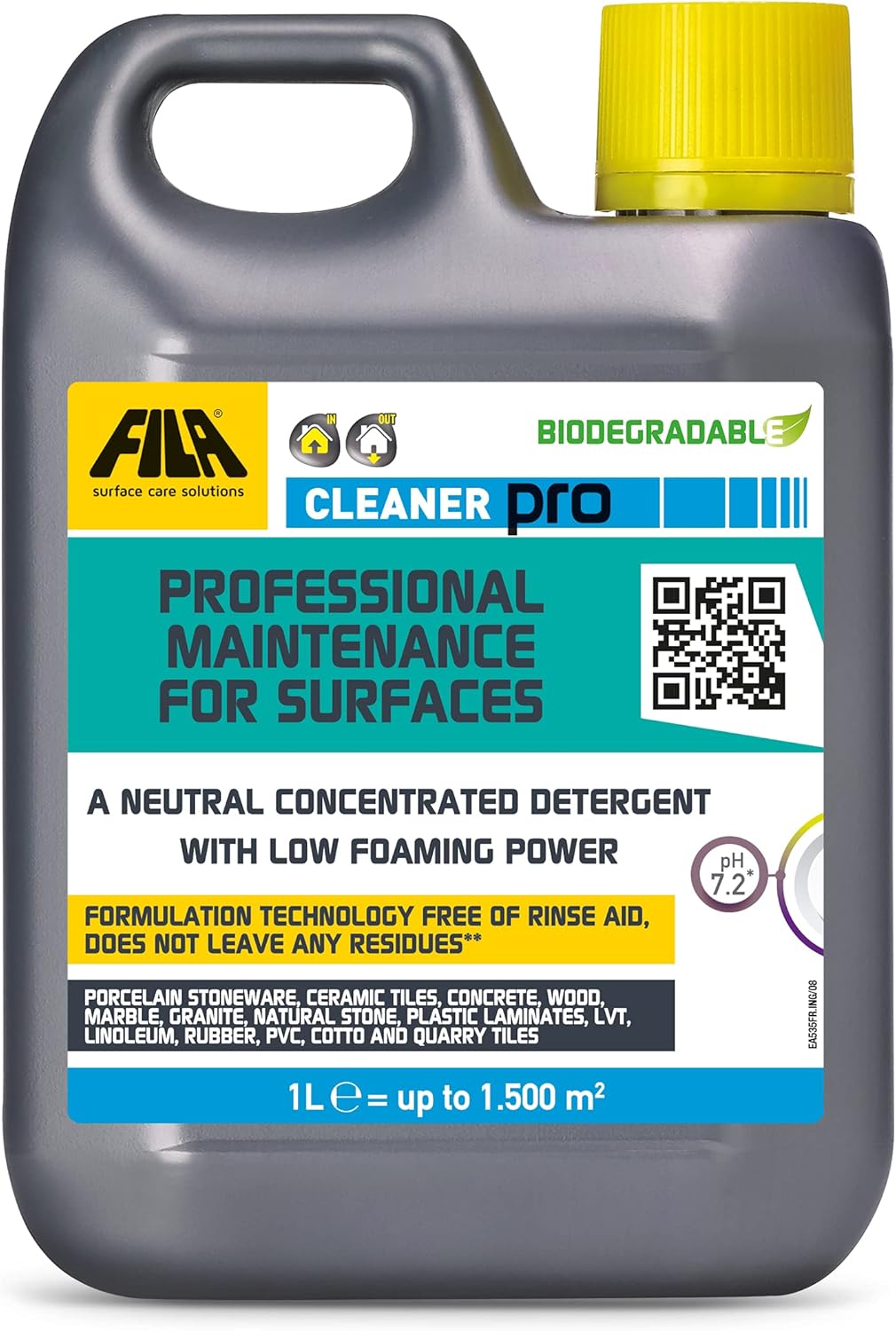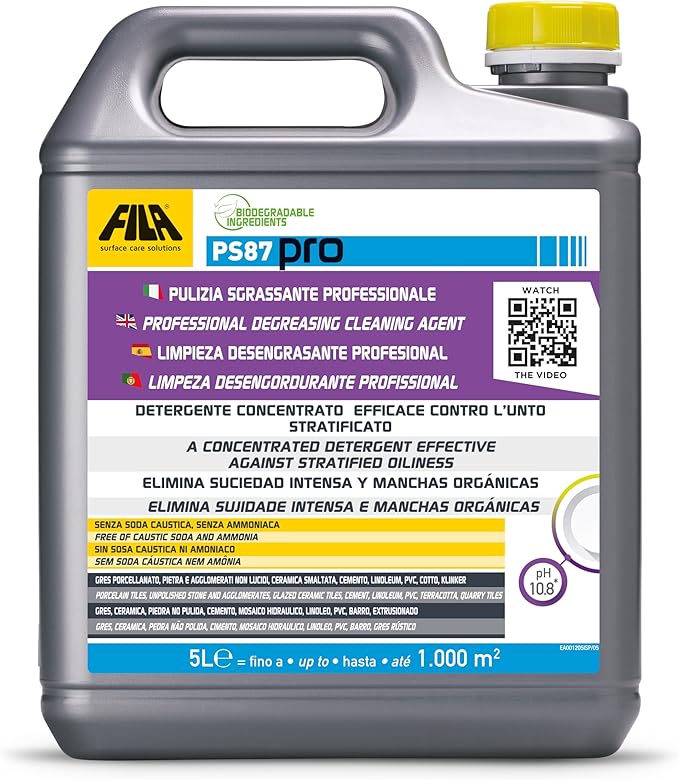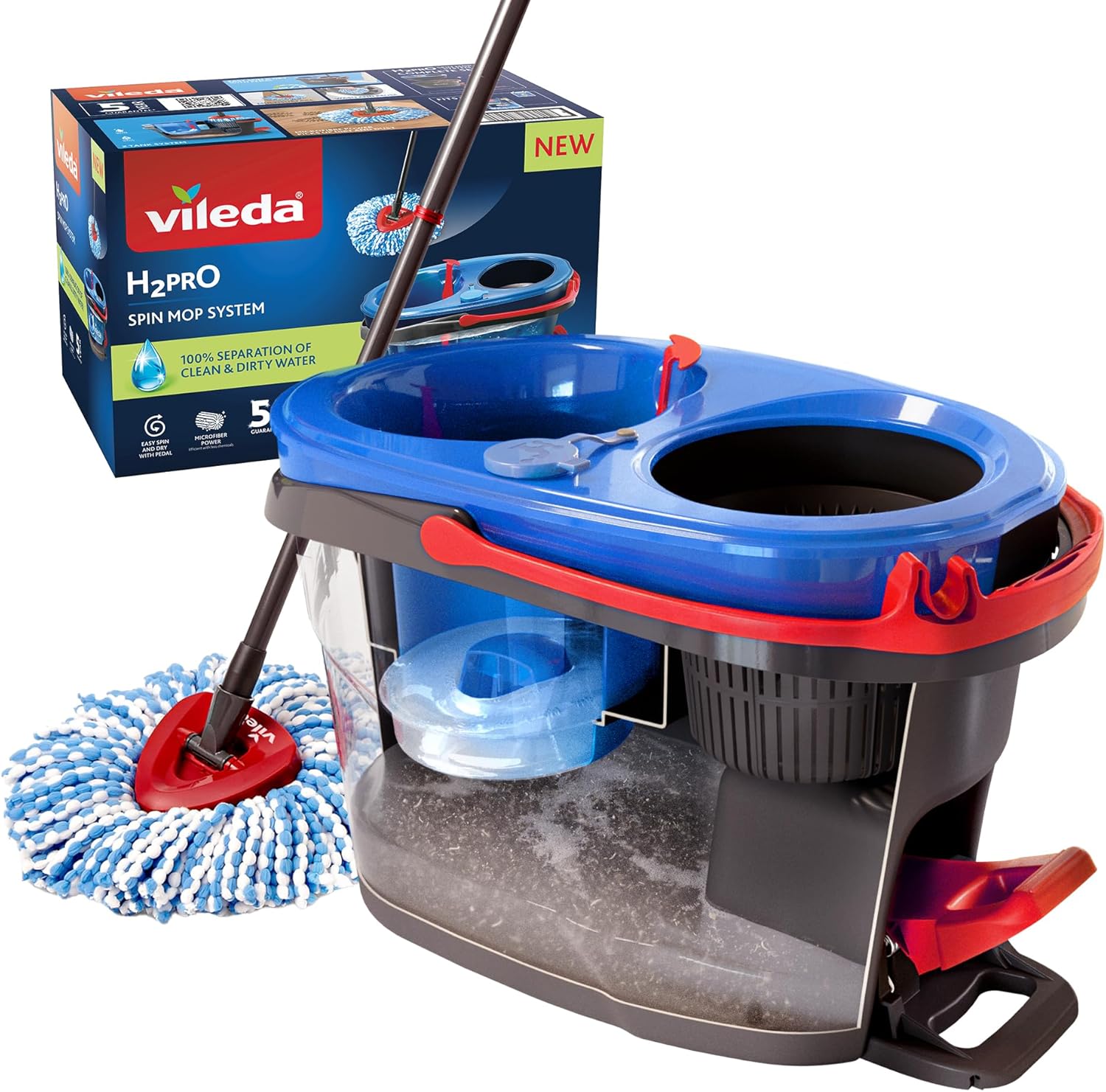
Last Updated on November 14, 2025 by David
Essential Techniques for Successfully Restoring Sandstone Floors in Highclere Homes
- Comprehend the Porous Characteristics of Sandstone: Sandstone possesses a highly porous structure, making it particularly sensitive to harsh cleaning methods, which can lead to etching or erosion. Understanding this is crucial for effective care.
- Employ pH-Neutral Cleaners for Regular Upkeep: For routine maintenance, pH-neutral cleaners are the best choice, while more robust alkaline solutions can be used for deeper cleaning—always followed by thorough rinsing and resealing.
- Ensure Consistent Maintenance of Topical Sealers for Optimal Protection: Proper care of topical sealers is vital, as they enhance colour and provide protection, especially in high-traffic or decorative zones.
- Adhere to Proper Restoration Methods: Effective restoration requires careful preparation of the surface, safe agitation techniques, and residue-free rinsing, followed by sealing to guard against future staining.
- Incorporate Regular Maintenance Practices to Extend Lifespan: Practising regular maintenance with gentle tools and swift responses to spills preserves the finish, reducing the need for deep cleaning.
What Distinguishes Sandstone from Other Stone Materials?

Delving into the Composition and Porosity of Sandstone
Sandstone is a type of sedimentary stone formed from compacted sand and mineral particles. Its natural porosity enables it to absorb moisture and stains if not properly sealed. The stone can exhibit either a smooth or textured surface, depending on the cutting and finishing techniques employed. Regardless of the specific type of sandstone floor, all varieties share a fundamental requirement: they necessitate gentle, stone-safe care to maintain both their structural integrity and aesthetic appeal throughout their lifespan.
Identifying Common Issues Affecting Sandstone Floors in Highclere Homes
In Highclere and its surrounding regions, sandstone floors are prevalent in older properties and historic homes. Over time, factors such as foot traffic, the use of various cleaning chemicals, and seasonal moisture can result in surface wear, uneven discolouration, and diminished sealant effectiveness. Due to its softer nature compared to granite or slate, sandstone is more susceptible to erosion, which underscores the need for consistent care and maintenance to preserve both its visual and functional attributes.
Professional Recommendations: Top Products for Daily Sandstone Care

Fila Pro Floor Cleaner
|

FILA PS87 PRO
|

Vileda H2PrO Spin Mop System
|
What Indicators Suggest That Your Sandstone Floor Requires Restoration?

Spotting Surface Wear and Discolouration on Your Sandstone Floors
Over time, sandstone floors may lose their inherent colour and texture due to factors such as foot traffic, the accumulation of cleaning residues, and exposure to moisture. If the surface appears patchy, dull, or uneven, this can signify that the protective layer has diminished significantly, allowing the stone to absorb dirt and liquids more readily. Such deterioration can severely affect the overall aesthetic and structural integrity of the flooring, making prompt restoration essential to preserve its charm and durability.
How to Identify Loss of Sealant Protection on Sandstone Floors
As the sealant begins to degrade, the sandstone becomes more porous and susceptible to staining. You may observe that water no longer beads on the surface but instead penetrates the stone. This signifies a critical loss of protective properties and necessitates resealing as part of the restoration process to protect against further damage and staining, thereby ensuring the longevity of your exquisite flooring.
Recognising Slippery or Uneven Textures on Sandstone Floors
Sandstone should feel firm and stable beneath your feet, exhibiting a consistent texture. If certain areas become slippery, powdery, or rough, it may indicate surface erosion or residue accumulation. These changes serve as indicators that the floor necessitates deep cleaning and resealing to restore its safety and aesthetic appeal, ensuring a pleasant and secure walking experience for everyone who enters.
How to Choose the Most Suitable Cleaning Method for Sandstone Floors

When Are pH-Neutral Cleaners Adequate for Sandstone Maintenance?
For lightly soiled sandstone floors, a pH-neutral cleaner is generally effective. These products lift surface dirt without harming the stone’s mineral structure or sealant. They are suitable for regular maintenance and can be safely used on both sealed and unsealed sandstone, provided that the soil load remains minimal. By regularly incorporating these cleaners into your routine, you help maintain the stone’s natural beauty and ensure its longevity, making them an indispensable component of your cleaning strategy.
When Should Alkaline Cleaners Be Utilised for Heavy Soiling?
In cases where sandstone has absorbed oils, grime, or organic residues—particularly in high-traffic areas like kitchens or entryways—an alkaline cleaner may be necessary. These solutions emulsify embedded soils, aiding in their removal from the porous surface. However, it is essential to rinse thoroughly afterward to prevent any residue accumulation. If the cleaner requires an extended dwell time, resealing the floor afterward is advisable to restore protective qualities and prevent future staining issues.
Why Must Acidic or Abrasive Cleaning Products Be Avoided?
Acidic cleaners, such as vinegar or limescale removers, can etch and damage sandstone, resulting in irreversible harm. Furthermore, abrasive powders and stiff brushes may scratch the surface or erode softer areas, exacerbating deterioration. Always opt for stone-safe products and cleaning tools that effectively cleanse without compromising the floor’s integrity and appearance, thereby preserving its beauty for years to come.
Your Complete Guide to Sandstone Floor Restoration Procedures
How to Effectively Prepare the Surface and Remove Dust
Start by clearing the area and using a soft-bristle broom or a vacuum set to hard-floor mode to eliminate any loose debris. Avoid dragging furniture or employing metal-edged tools, as these can scratch or chip the stone. If the floor has residual polish or residue, consider using a stone-safe stripper prior to commencing the cleaning process to ensure optimal results and a fresh start.
Applying the Cleaner and Safe Agitation Techniques
Select an appropriate cleaner based on the soil level present. For general dirt, a pH-neutral solution is suitable. For more significant contamination, use an alkaline cleaner diluted according to the label’s instructions. Apply the solution evenly, allowing it to dwell for 5 to 15 minutes. Gently agitate with a white pad or a soft brush to lift embedded dirt without damaging the surface of the stone.
Rinsing and Drying the Floor to Avoid Residue
Thoroughly rinse with clean water, utilising a wet vacuum or multiple mop passes to eliminate all residues. Leftover cleaning agents can leave streaks or dull the finish, undermining your hard work. After rinsing, allow the floor to dry completely before determining whether sealing or polishing is necessary. A dry microfiber mop can expedite the drying process and prevent water spots that could mar the surface.
Proven Strategies for Sealing Sandstone for Long-Term Durability
Understanding the Distinction Between Impregnating and Topical Sealers
Impregnating sealers penetrate the sandstone's surface, providing invisible resistance to moisture and stains from within. These sealers are perfect for homeowners who prefer a natural matte finish for their floors. In contrast, topical sealers create a protective layer on the surface and can enhance colour or provide a satin or glossy sheen. When maintained and replenished appropriately, topical sealers can be an excellent choice for high-traffic areas or decorative finishes.
How to Apply Sealer Properly for Maximum Effectiveness
Before sealing, ensure that the floor is immaculate and entirely dry. Apply the sealer evenly using a lint-free cloth, sponge, or applicator pad, working in small sections to guarantee thorough coverage. Allow the product to absorb for the recommended time and wipe away any excess to prevent streaks or residue. Some sealers may require a second coat, particularly on more porous or weathered stone, to ensure comprehensive protection.
When Should You Reseal Your Sandstone Floor and Guidelines for Frequency
Most sandstone floors benefit from resealing every 2 to 4 years, contingent on foot traffic and moisture exposure. In kitchens, hallways, or entrances, resealing may be required more frequently. Conducting a simple water-drop test can help: if water soaks in rather than beads up, it is time to reseal. Regular inspections ensure that the floor remains protected and easier to clean over time, preserving its beauty.
Enhancing Both the Aesthetic and Safety of Sandstone Floors
Utilising Colour-Enhancing Sealers to Restore Vibrancy to Sandstone
If your sandstone floor appears faded or washed out, a colour-enhancing sealer can revive its natural tones and accentuate the stone’s unique character. These sealers subtly darken the surface while highlighting variations in grain and mineral content. They are particularly effective on weathered or pale sandstone but should only be applied following thorough cleaning and adequate drying to ensure optimal adhesion and results.
How to Increase Slip Resistance on Sandstone Floors
In areas prone to moisture—such as kitchens, bathrooms, or entryways—improving slip resistance is vital for safety. Some sealers are available with anti-slip additives, or you can apply a separate non-slip treatment over the sealed surface. Always conduct a test in a small area first to ensure that the finish remains visually appealing and easy to maintain while providing the necessary friction for safety.
Exploring Buffing and Polishing Techniques for Sandstone Floors
While sandstone is typically not polished to a high gloss like marble, light buffing with a soft pad can enhance its overall appearance and feel underfoot. For a subtle sheen, consider using a stone-safe polishing compound designed for honed finishes. Avoid wax-based products, as they can trap dirt and create an uneven shine over time, resulting in a dull appearance.
Thorough Maintenance Recommendations for Sandstone Floors in Highclere Homes
Establishing Effective Weekly and Monthly Cleaning Routines
To keep sandstone floors in impeccable condition, dry mop regularly with a microfiber pad to eliminate dust and grit. For weekly cleaning, use a diluted pH-neutral cleaner, ensuring not to soak the floor. Additionally, conduct monthly inspections of high-traffic areas for wear and quickly reapply cleaner as necessary to maintain the stone's condition. Avoid excessive wetting, as this can weaken sealants over time, leading to more significant maintenance challenges.
Identifying the Best Tools for Ongoing Sandstone Care
Flat microfiber mops are ideal for cleaning sandstone, as they effectively capture fine particles without scratching the surface. It is advisable to steer clear of sponge mops, as they may push dirt deeper into the pores. For larger areas, consider a spray mop with refillable cartridges, allowing for controlled application of stone-safe solutions. Always rinse mop heads thoroughly after use to prevent residue build-up, ensuring effective cleaning during each session.
How to React Promptly to Spills and Stains on Sandstone Floors
Immediately blot spills using a soft cloth or paper towel. Avoid rubbing, as this can spread the stain further. For oily or coloured spills, apply a small amount of stone-safe cleaner and rinse thoroughly with clean water. If a stain persists, utilise a baking soda and water poultice, ensuring to test first to confirm it won’t affect the finish. Swift action is crucial to prevent permanent marks and maintain the floor's fresh appearance.
Common Queries Regarding Sandstone Floor Restoration
Can Steam Cleaners Be Used on Sandstone Floors?
It is advisable to avoid steam cleaners on sandstone. The high heat and moisture can compromise sealants and force water deep into the stone’s pores, potentially causing long-term damage. Instead, rely on stone-safe liquid cleaners and gentle agitation for effective deep cleaning without risking the integrity of the surface.
What Steps Should I Follow If My Floor Is Already Damaged?
If your sandstone floor exhibits deep stains, scratches, or surface erosion, cleaning alone may not suffice. In such situations, professional honing or resurfacing might be necessary to restore the stone’s appearance. Once the essential repairs have been completed, sealing the floor will help prevent future damage and simplify ongoing maintenance, ensuring its longevity.
How Long Can I Expect the Restoration to Last?
With proper sealing and maintenance, a restored sandstone floor can remain in excellent condition for several years. High-traffic areas may require touch-ups or resealing every 2 to 3 years, while areas with less traffic can often go longer without significant intervention. Regular care is vital for extending the time between major restorations and ensuring the durability of your flooring investment.
The Article How to Restore Sandstone Floors in Highclere Homes first found on https://www.abbeyfloorcare.co.uk
The Article Restore Sandstone Floors in Highclere Homes Effectively appeared first on https://fabritec.org
The Article Effective Restoration of Sandstone Floors in Highclere Homes Was Found On https://limitsofstrategy.com

